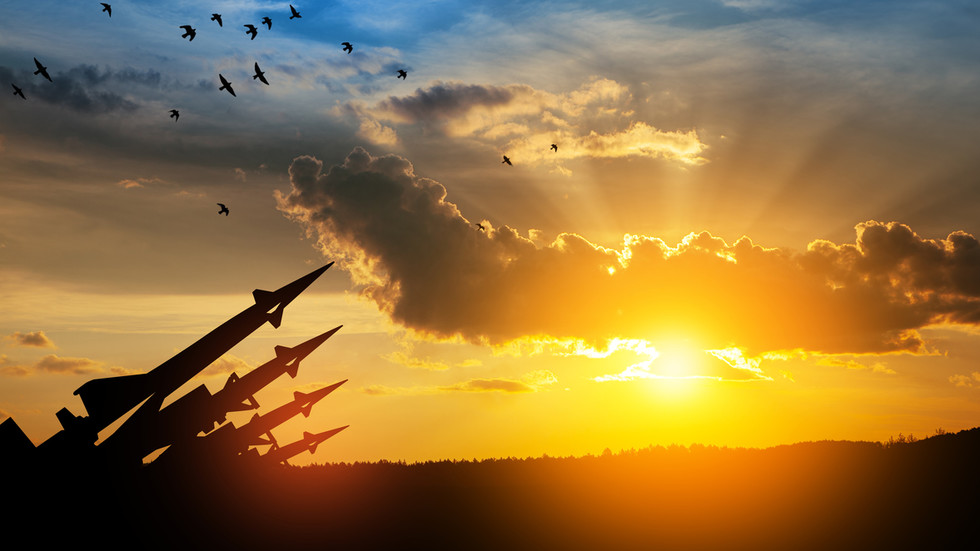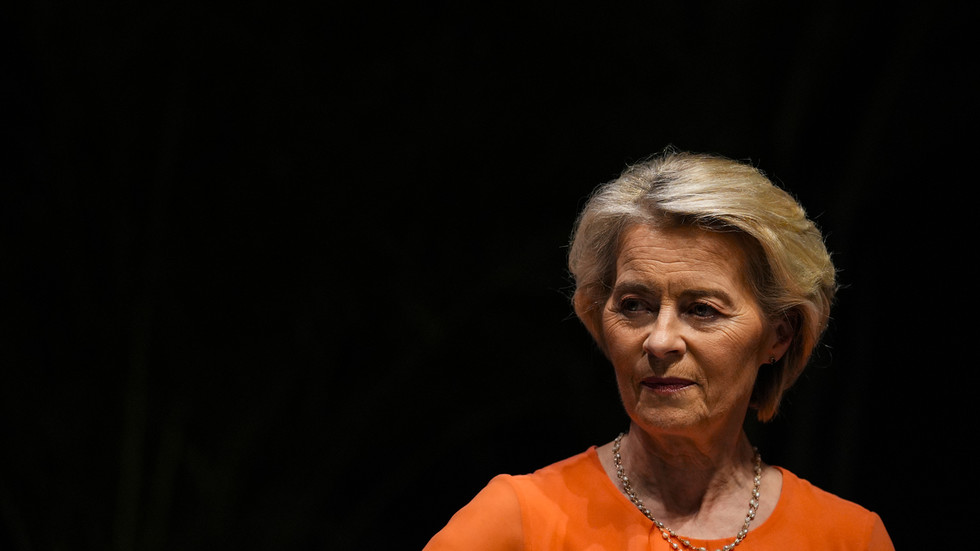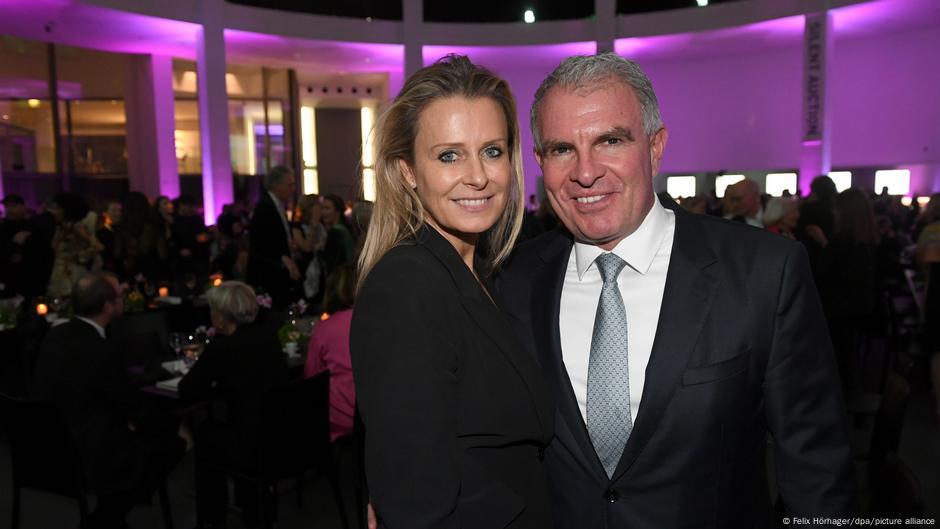Donald Trump’s cuts to US aid around the world are predicted to deny millions of women contraception, while millions more could be denied life-saving HIV treatment. But under the radar was the closure of one of Barack Obama’s flagship programmes: Power Africa. Established in 2013, it aimed to connect the 600 million people across the continent still without electricity from the grid.
Across 12 years, Power Africa deployed some $1.2 billion (£890m), which in turn helped create a further $29bn in funds from other sources, to develop more than 150 major power projects in 42 African countries, and bring electricity to more than 200 million people.
“Power Africa has been hugely successful developing renewables in Africa. Now that it has been defunded, it is going to completely change the energy transition pathway of the whole continent,” one climate finance expert, who did not wish to be named as a result of repercussions related to aid cuts, told The Independent in the wake of the cut.
However, now the dust has settled, experts say they are seeing other investors step into the gap created by Trump’s decision.
“The business opportunity of providing electricity for 600m people has not gone away,” said Philippe Valahu, CEO of the Private Infrastructure Development Group (PIDG), a major investor in renewables on the continent that is backed by a mixture of public and private capital. “The demand for our services has only kept increasing over the course of this year,” he added.
“I am optimistic because I see more and more public bodies, investors, and philanthropies all working together to deliver renewable energy for Africa,” said Agnes Dasewicz, chief investment officer of the Global Energy Alliance for People and Planet (GEAPP), a network launched by organisations including the World Bank and Rockefeller Foundation at the COP26 climate conference in Glasgow [in 2021], with the aim of helping developing economies transition to clean energy systems.
“We are also seeing more African countries increasingly stepping out and starting to plan their own destiny, without the need for Overseas Development Aid (ODA) agencies,” she added.
Blessed with vast rivers that can be dammed, windy planes suitable for turbines, and an estimated 60 per cent of the world’s best solar resources, Africa boasts near-perfect conditions for renewable energy systems.
But despite those ample natural resources, as well as the continent’s massive energy needs, Africa currently receives only two per cent of global investment in renewable energy.
Investors need to be confident that they will receive reliable returns on their investments over a number of decades to invest in such projects. With many African nations suffering from from debt, weak currencies, and the poor financial health of public utilities, this can be a challenge for investors who are wary of risk.
Nonetheless, PIDG’s Valahu believes that there is a “massive disconnect” between risk reality and perceived risk in Africa. PIDG has mobilised some 47.2bn in financing for infrastructure projects in sub-Saharan Africa and south and south-east Asia since 2002, and Valahu believes that others are missing out on similar economic opportunities.
“We were set up to go to places that nobody goes to, and show the market at large that you can do business in those countries,” he said. “Inevitably we suffer some losses. But in fact over 23 years of existence, our losses and recoveries are no different to what you would expect to see in Europe or North America.”
The way that many investors think about risk across the continent, Valahu adds, is also unhelpful, given the hugely different profiles of countries in the continent, some of which are stable middle-income democracies, and others which are fragile economies emerging from conflict.
For Dasewicz at GEAPP, a key strength of Power Africa was its ability to reassure Western nations and investors that African markets represent a strong investment proposition, by bringing different stakeholders from the US and Africa together, and showing productive ways forward.
“The private sector speaks a different language to the public sector, and they assume that their interests are not aligned, but really everyone is trying to just bring power to these countries,” she said. “Power Africa was the glue that brought the US government and US businesses to effectively work together in Africa, and deliver results for everyone involved.”
Data shows that Power Africa was supporting US companies in $26.4 billion worth of deals and tracking an additional $21 billion in upcoming projects: benefits that far outweighs the initial investment from the US government.
The sudden closure of Power Africa earlier this year was certainly a massive hit to the renewables industry in Africa. But Valahu told The Independent that he is confident it is far from fatal; Indeed, he believes that PIDG will “fund far more projects in Africa” over the next two decades than it did over the previous two.
One reason he believes this, he said, is that there are other organisations like the World Bank and the African Development Bank who are also able to come in and make connections between nations and investors, while also providing public capital that can help de-risk investments. “New initiatives die, and new initiatives are born. It was never just about Power Africa,” he said.
GEAPP itself is one of those organisations. “As an alliance, we seem to find ourselves at the right moment,” said Dasewicz. Like Power Africa, a core part of GEAPP’s mission is bringing together different players and helping them to work as effectively as possible together. It has recently, for example, worked closely with governments in Nigeria, Sierra Leone, South Africa and Malawi to develop national renewable energy strategies that open those countries up to foreign investors.
Valahu also believes that aid cuts are also being seen as a “wake up call” for countries in Africa. “Governments are realising that if European countries and the US are withdrawing, then they need to look to their own homegrown solutions. And I think that’s healthy,” he said.
A big part of the solution to Valahu is about directing institutional investors within Africa countries - who now collectively hold assets worth an estimated $2.5 trillion - to invest into African infrastructure themselves. PIDG has already worked in Nigeria to set up a company called InfraCredit, which channels funds from pension providers and other asset managers in the country to finance infrastructure projects. It is now working to replicate the company’s Nigerian success in Kenya and other countries.
“We managed to help develop a huge industry using domestic capital from a starting point of nothing, which is now funding Nigerian infrastructure projects,” he said.
Valahu also believes that there may finally be a more serious shift from investors in rich countries towards being open to investing in Africa.
“I would say that the discussions I am having with investors in the Global North are little by little becoming more productive,” he said.
Across Africa, there are vast renewables projects continue to crop up, from the Salima and Golomoti solar PV projects that have recently added 20 per cent capacity to Malawi’s grid, to the Turkana wind project in Kenya that is the largest private investment in the country’s history. In just the first half of 2025, major new solar projects have been announced across countries including C’ote D’Ivoire, Zimbabwe, South Africa, and Togo.
Speaking to The Independent during London Climate Action Week, Tom Mitchell, executive director of the International Institute for Environment and Development, said that foreign aid had ultimately always been long been insufficient for development challenges like renewable energy access. Indeed, the $42bn in aid that flowed into Africa in 2024 is just a fraction of the estimated $1.3 trillion required annually between now and 2030 for African nations to meet the continent’s sustainable development goals, as outlined by the UN.
“Aid flows have long been unable to to even touch the sides of the global development problem,” Mitchell said. “We have needed to find a new model for a long time now.”

 7 hours ago
3
7 hours ago
3









